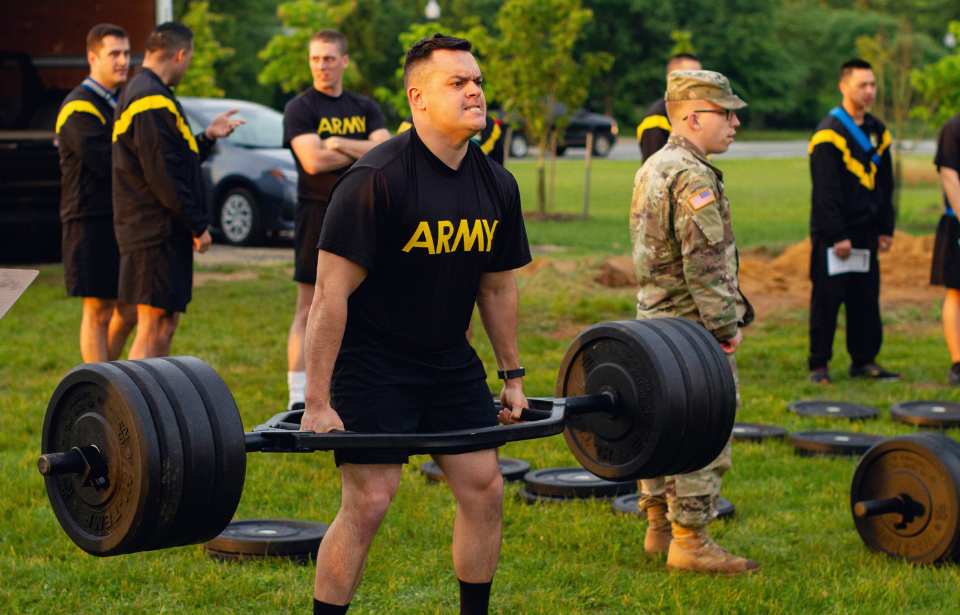The US Army has unveiled the latest changes to the Army Combat Fitness Test (ACFT). The test, which has been under review for years, will feature updated standards that better reflect the gender split within the service.
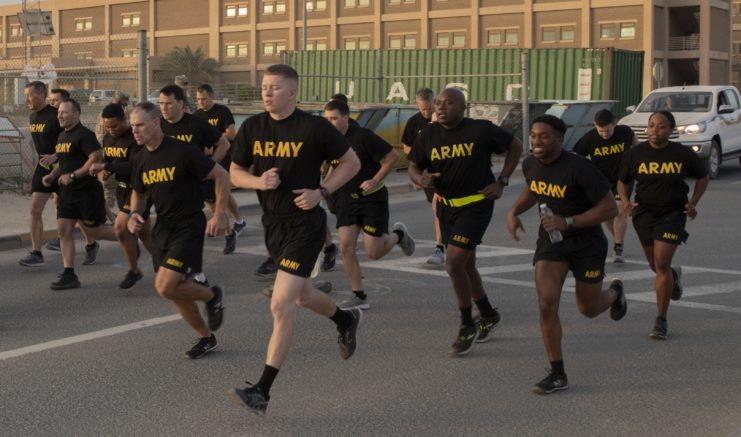
Word of the changes follows an announcement by the Army last year, in which the service said it would implement “gender-informed performance categories” for the ACFT. This followed Congressional criticism and a report by The Washington Post. The latter found 54 percent of female soldiers failed under the ACFT’s gender-neutral standards, compared to just 10 percent of their male counterparts. It also found female soldiers typically scored 100 points lower.
The changes also come after an independent analysis by the RAND Corporation. Two Senators – Kirsten Gillibrand (D-NY) and Richard Blumenthal (D-CT) – sitting on the Senate Armed Services Committee led other lawmakers in criticizing the exam as it stood. They felt the requirements would hurt recruitment retention and the career prospects of female soldiers.
This led to the passing of the 2021 Defense Authorization Bill, in which Congress ordered the Army to halt implementation of the ACFT until an independent review could be completed.
The RAND Corporation found the service hadn’t collected enough evidence to prove the events in the ACFT predicted how soldiers would perform in combat situations, nor had it proved that combat task performance was necessary for all positions within the Army. As such, it concluded the Army should consider which soldiers need to be held to these standards, versus health standards and general fitness.
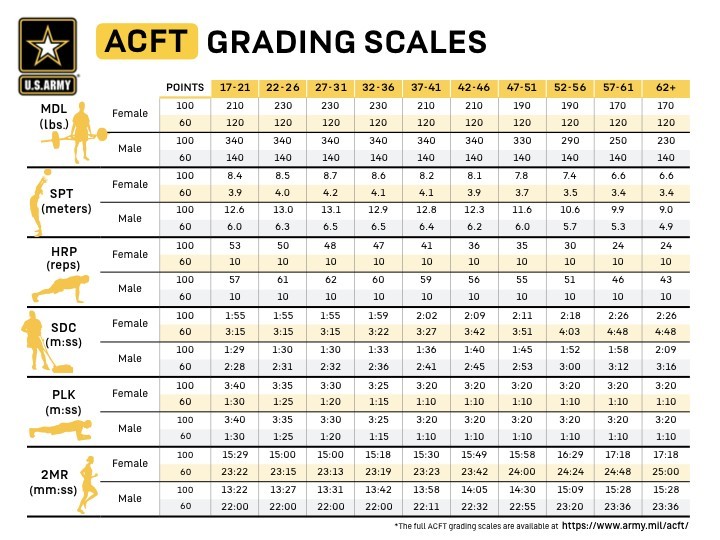
The old version of the ACFT – known as the Army Physical Fitness Test – had been the standard from 1980 until 2020. The old version required two minutes of pushups and sit-ups and a 2-mile run. When the ACFT came into effect, the added events included leg tucks, which many have long been critical of, as female soldiers failed at a much higher rate than males.
In regard to the leg tuck, there were also arguments that it didn’t properly test core strength, which it was initially intended to do. Instead, it more so tested a soldier’s upper body strength and grip.
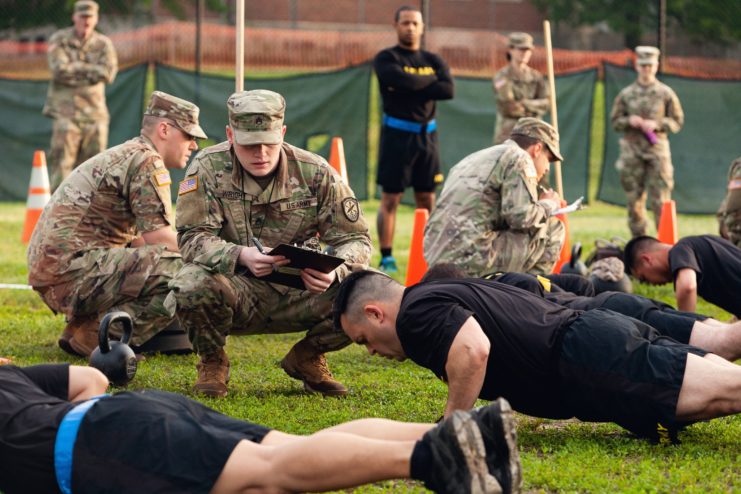
The new changes to the ACFT are intended to lessen the risk of injury, make soldiers stronger and better prepare them for new forms of combat. They include:
- The removal of the leg tuck, to be replaced by the plank. With a lowered standard based on those of other services within the military, it will be the only core event.
- For those deemed medically unable to run, a 2.5-mile walk will be added as an alternative aerobic event.
- Sex- and age-based scoring, meaning there will now be different requirements for male and female soldiers over a total of 10 age groups.
The Army is also changing how it views the ACFT, now calling it a “general physical fitness assessment,” which is not intended to predict success in Battle Drills and Warrior Tasks. With the changes, the full list of administered events will be: dead lifts; standing power throw; hand-release pushups; spring/drag/carry exercises; planks; and a 2-mile run.
To pass, each soldier must score at least 60 points per event, meaning an overall score of at least 360 points is required.
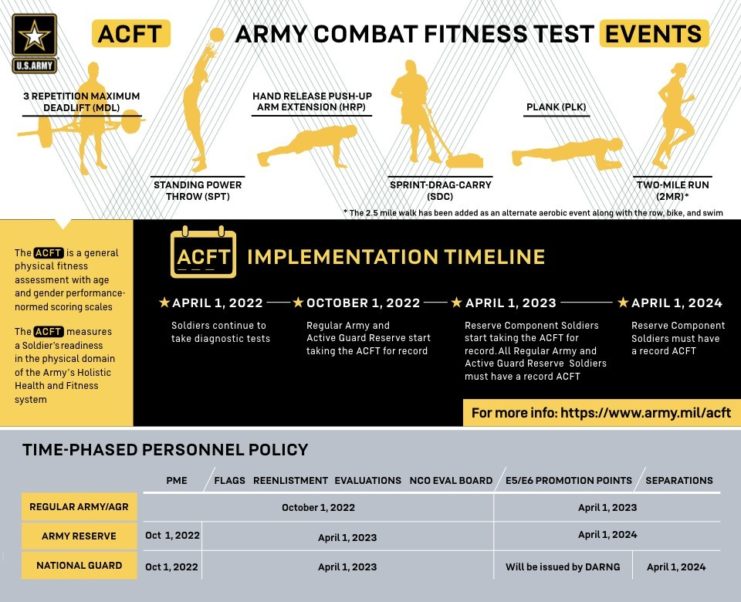
The latest version of the ACFT is scheduled to go into effect on April 1, 2022, with test scores to be applied to Active Guard Reserve and regular Army soldiers’ records on October 1st. This is to give them six months of training. If they fail come October, each soldier will be given a second change to take the test within three months – a change from the previous retesting period of 90 days. This is to “guarantee that Soldiers who are willing to put in the time and training are provided an opportunity to pass.”
Reserve members and part-time soldiers with the National Guard won’t see their scores applied until April 1, 2023. They will then have a year to have their results added to their record.
During a media roundtable on March 21, 2022, Army officials said the changes would be rolled out over time, “in a very deliberate manner to ensure that soldiers can train and adjust to the new events and the new scoring scales before we use those for personnel actions.”
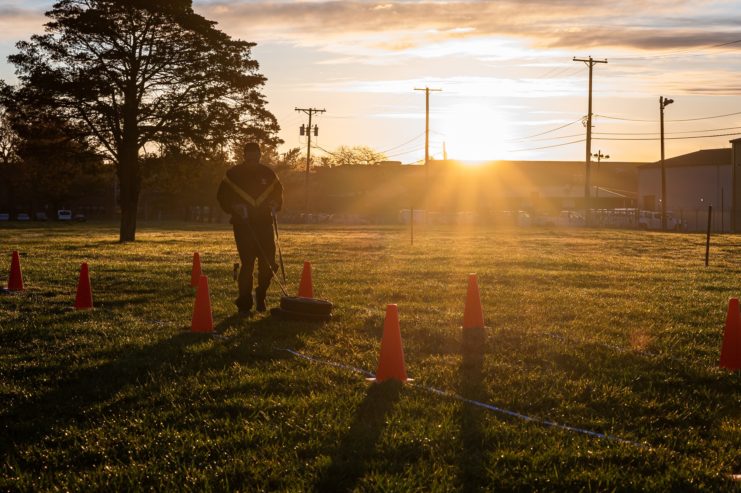
The Army will continue to assess the data as it comes in and “has established an ACFT governance body to provide oversight of the full implementation of the new test.” Among the aspects to be assessed include pass rates and scores, environmental considerations and the amount of injuries. These will then be reported alongside recommended changes to Army Senior Leaders, starting in April 2023.
